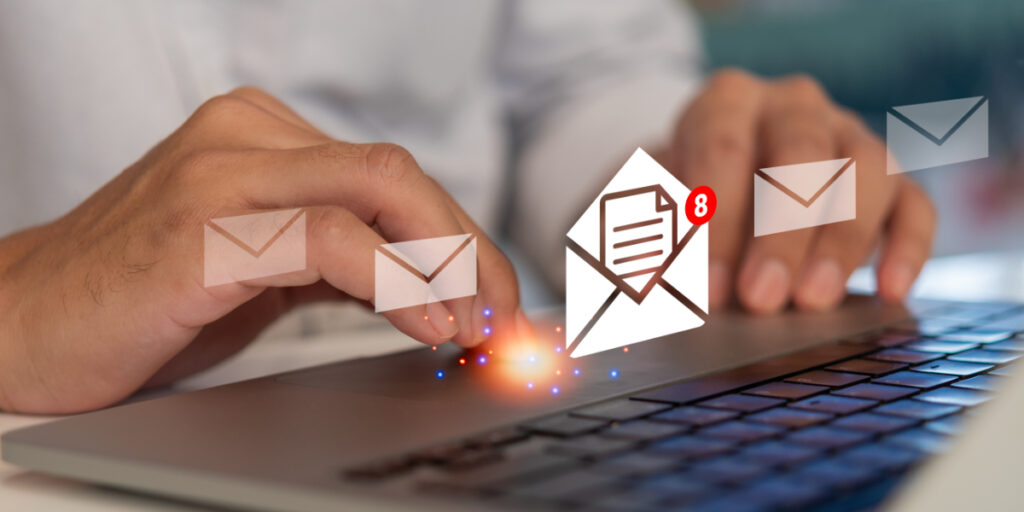Enhancing Email Delivery and Navigating the Buyer’s Journey
In today’s digital landscape, cold email marketing is a dynamic strategy for businesses to connect with their audience and drive results. This guide will delve into the critical aspects of successful email delivery and how to harness its power in cold email marketing. Section 1: Mastering Email Delivery for Cold Outreach Understanding the Email Journey: …
Enhancing Email Delivery and Navigating the Buyer’s Journey Read More »










